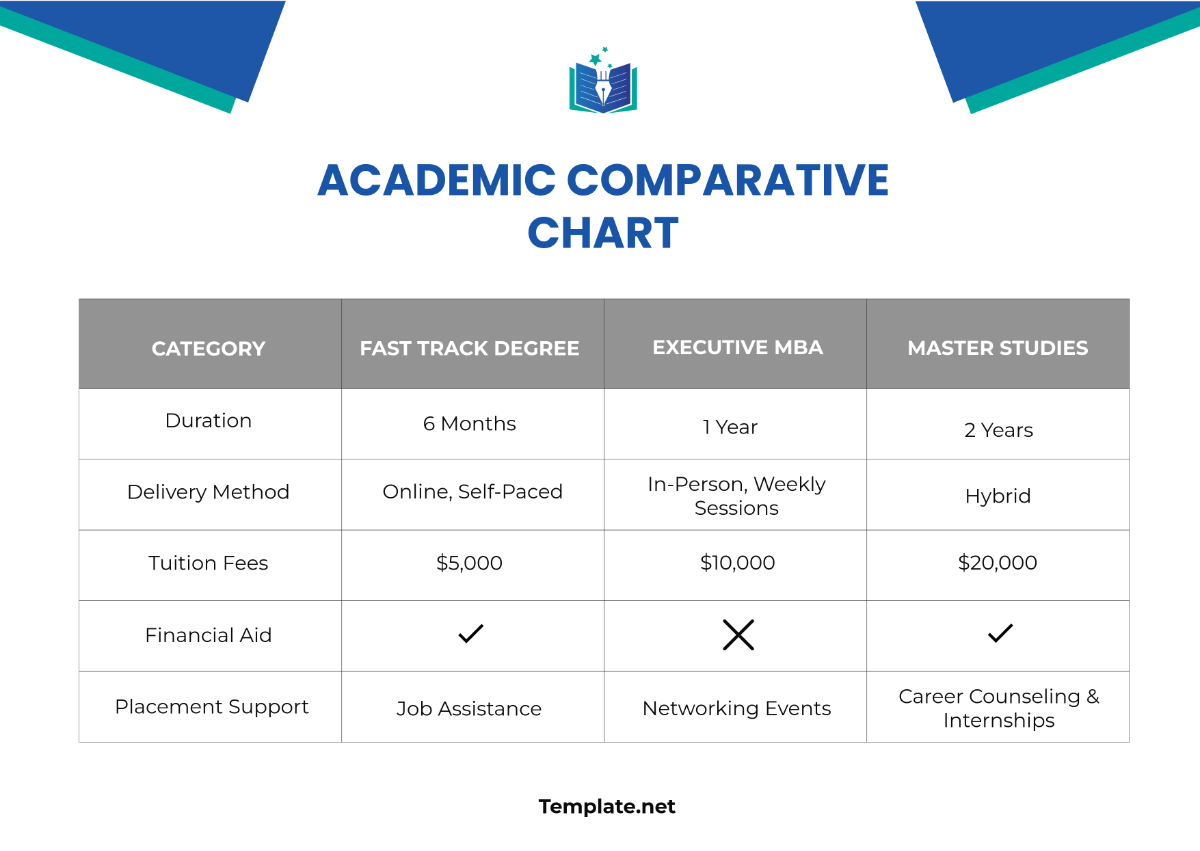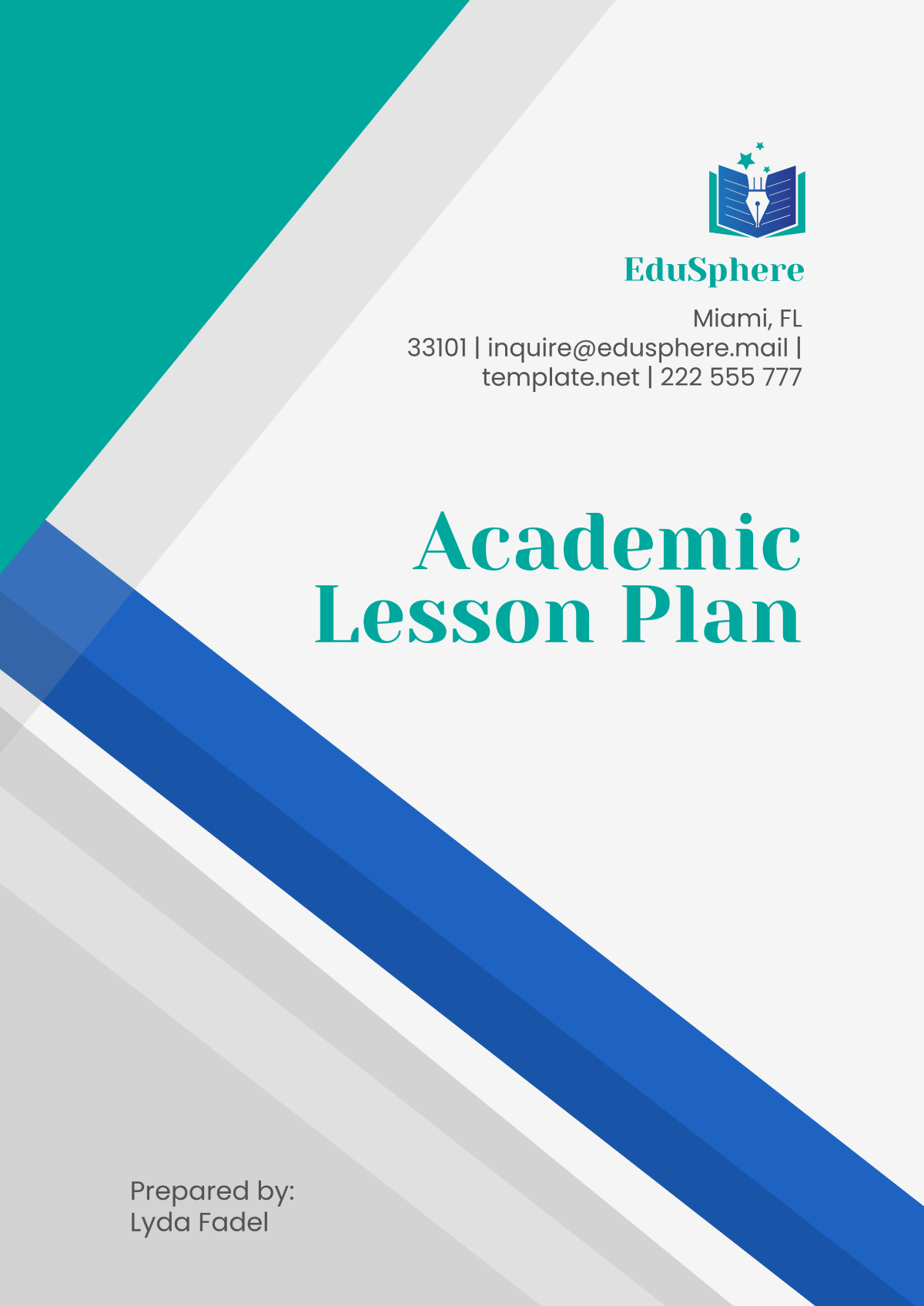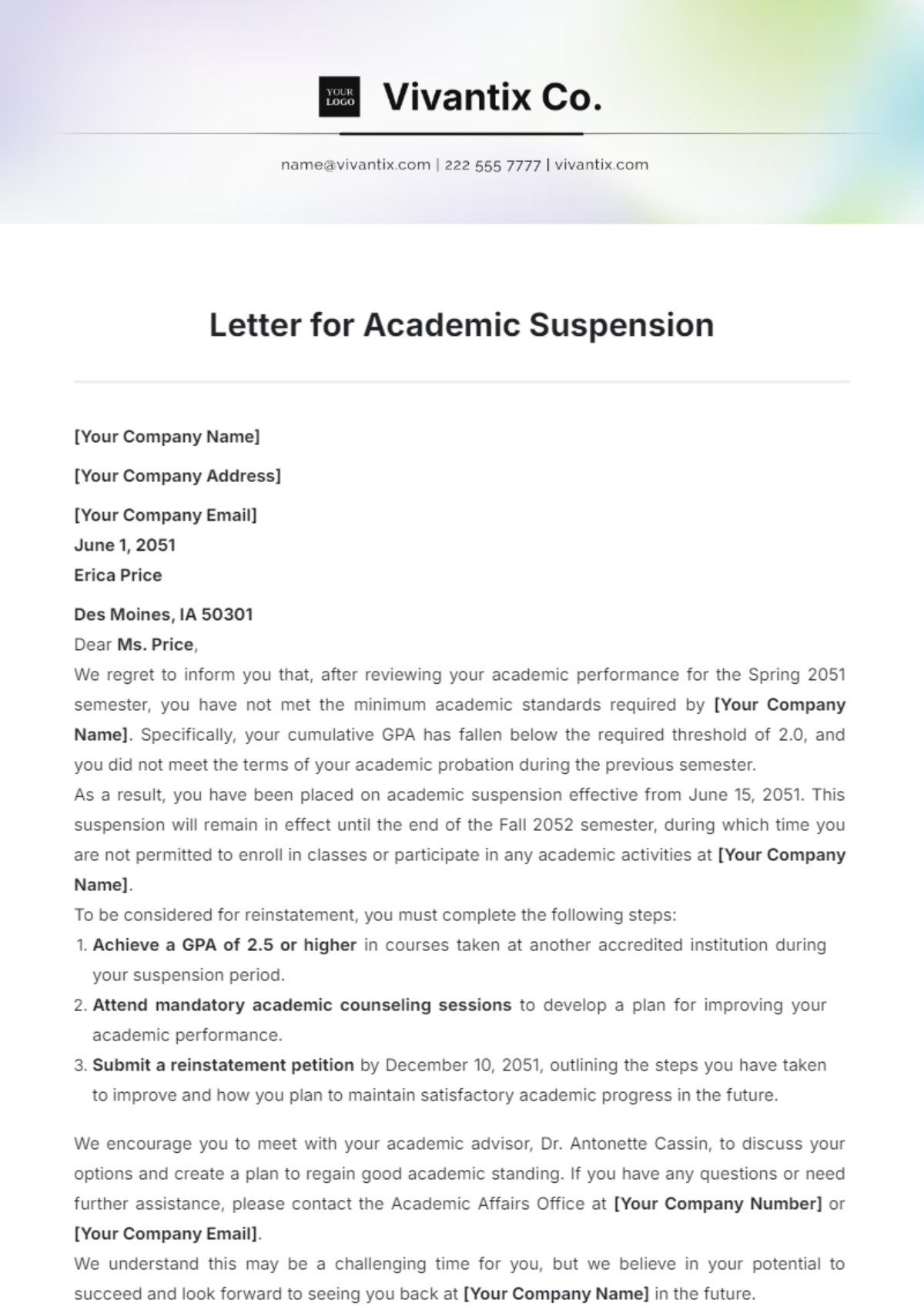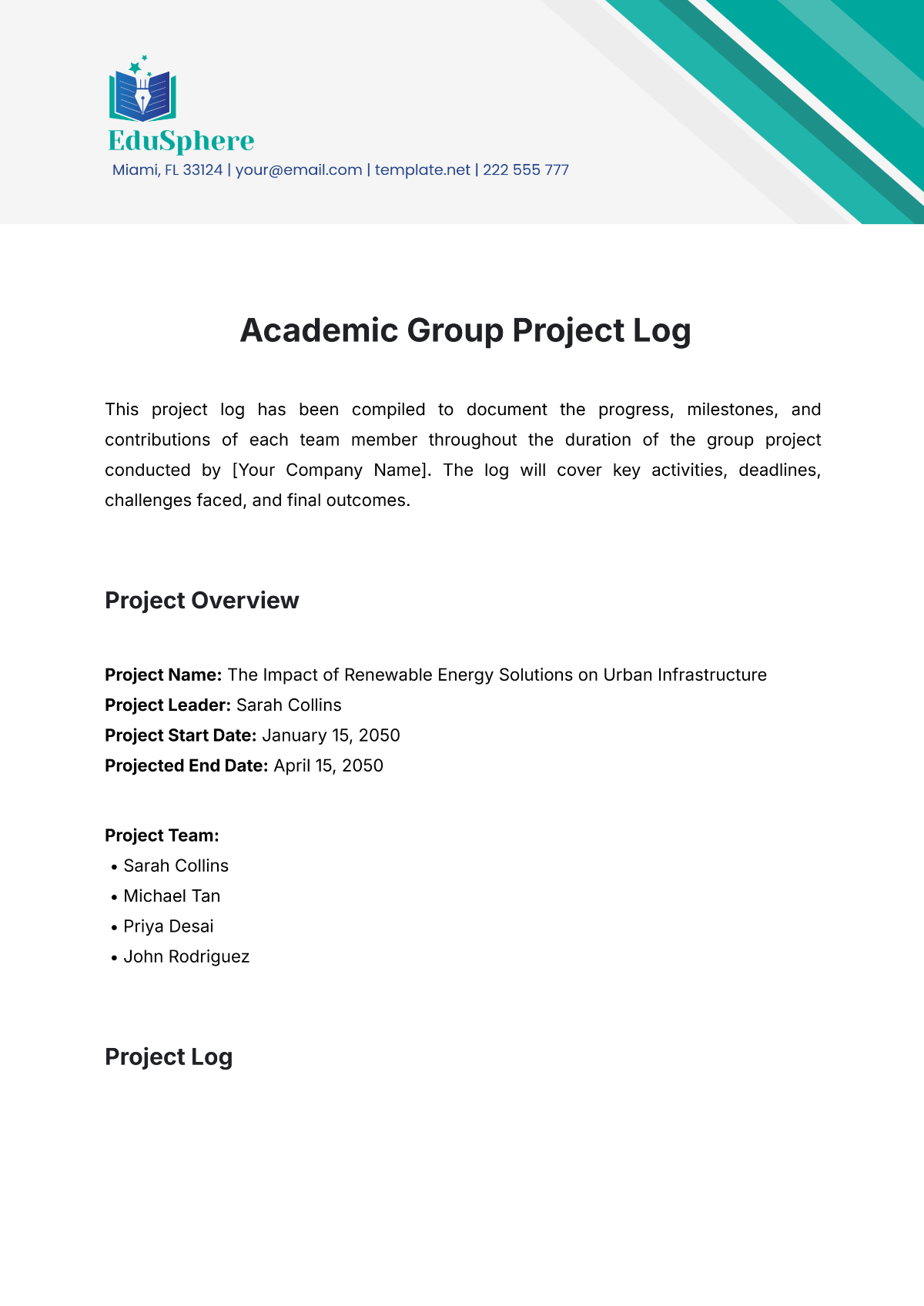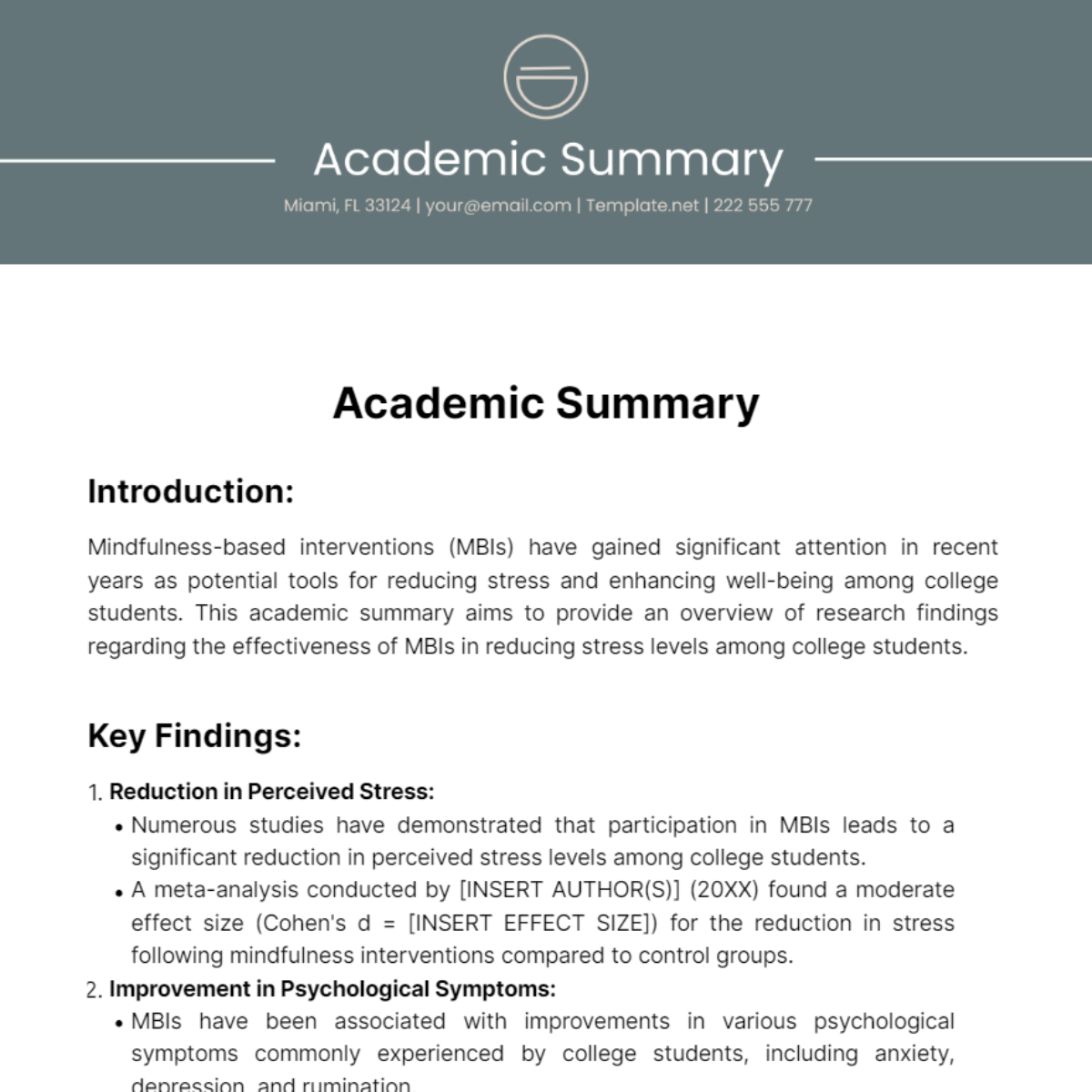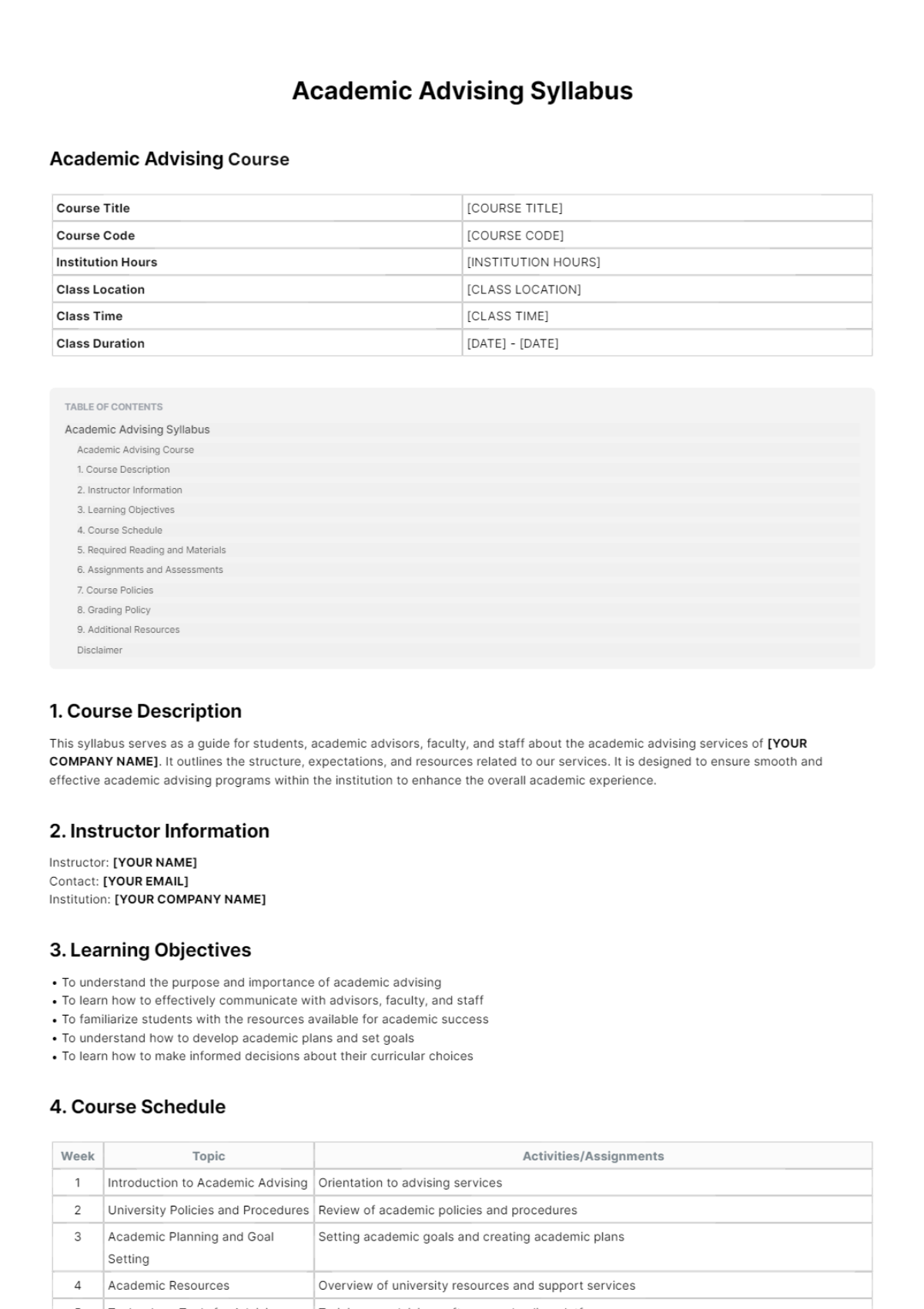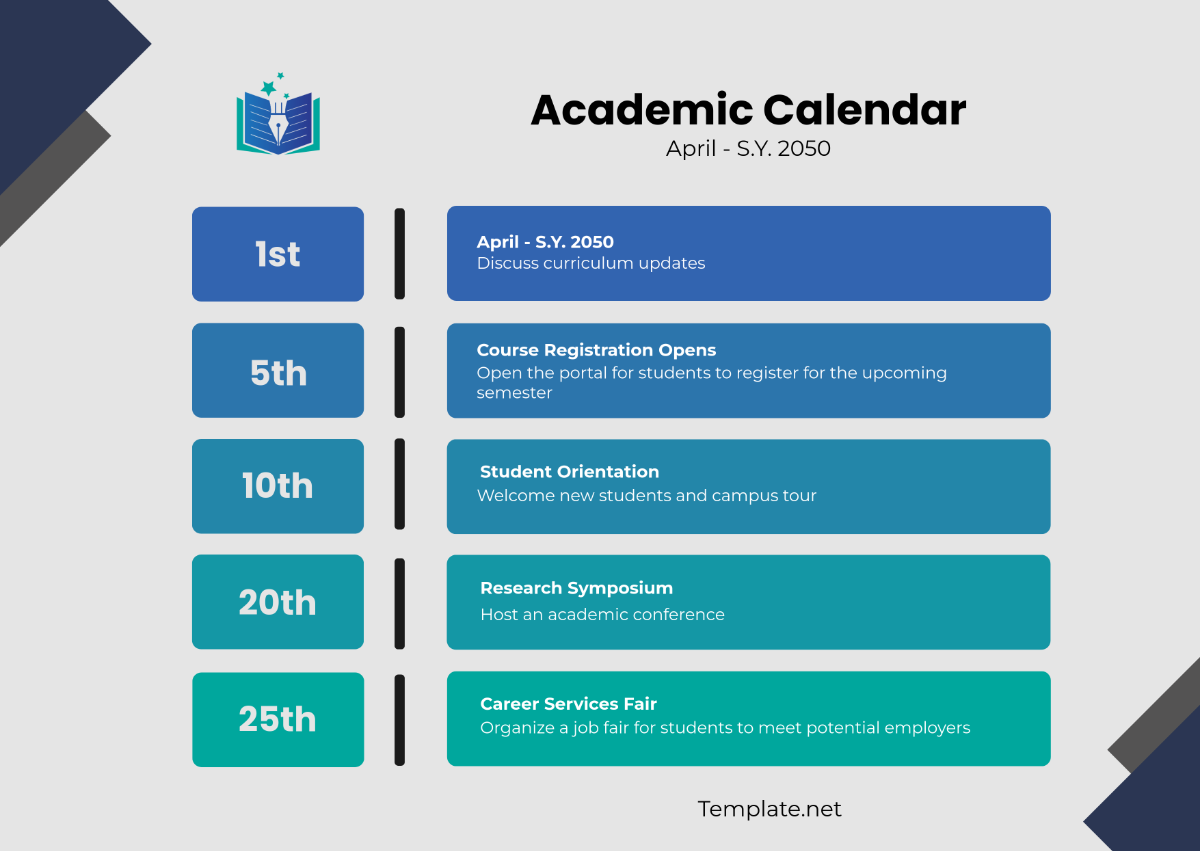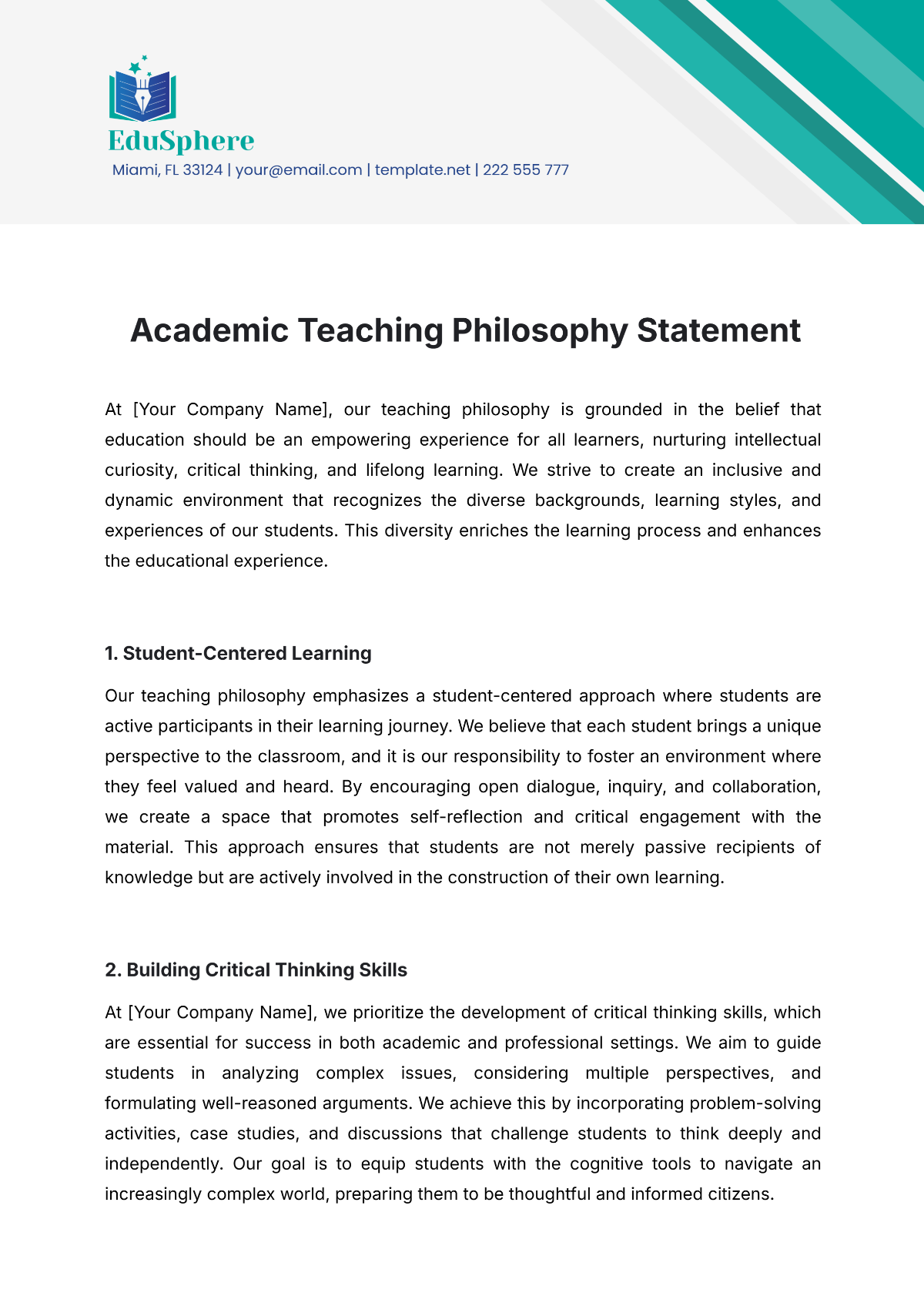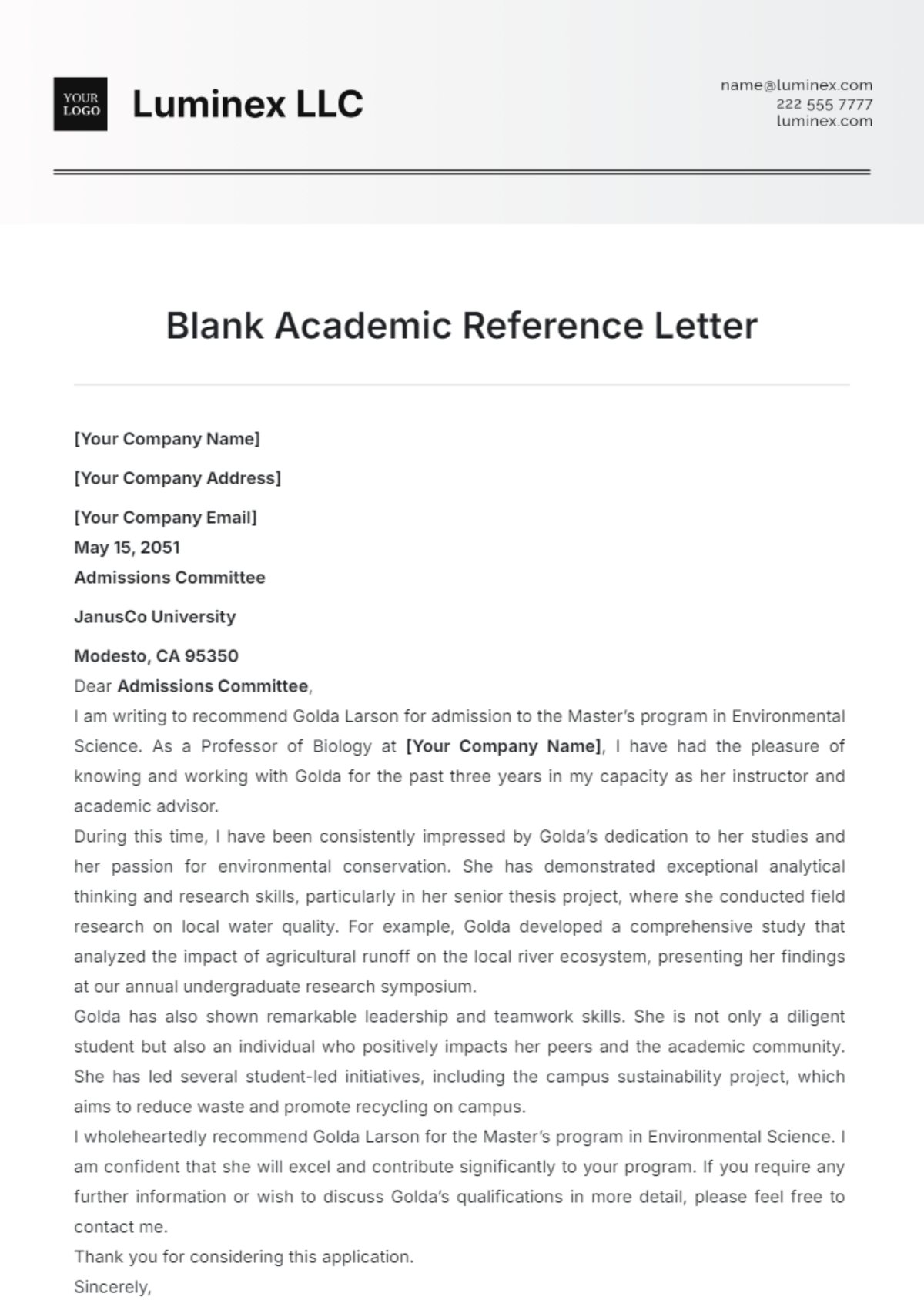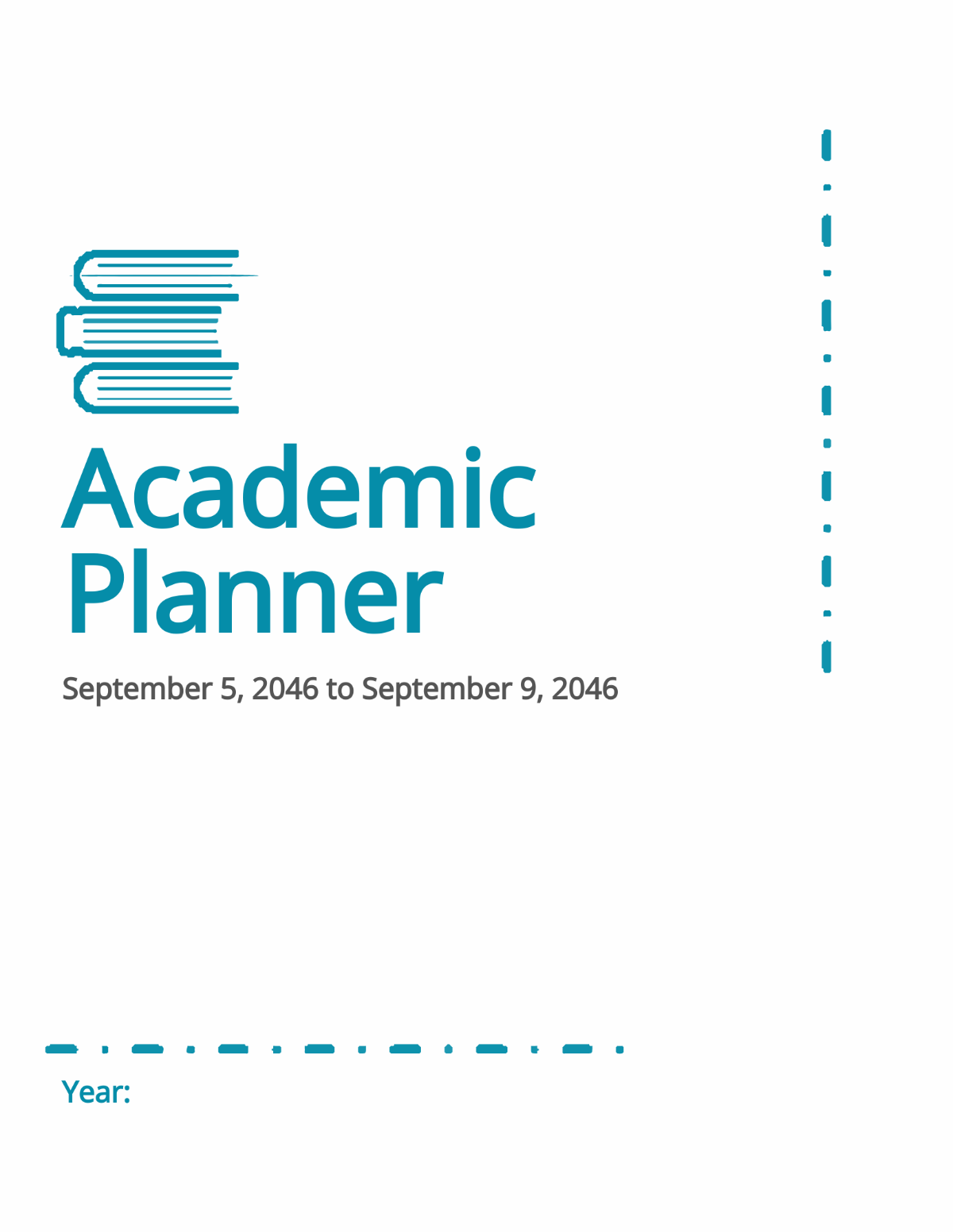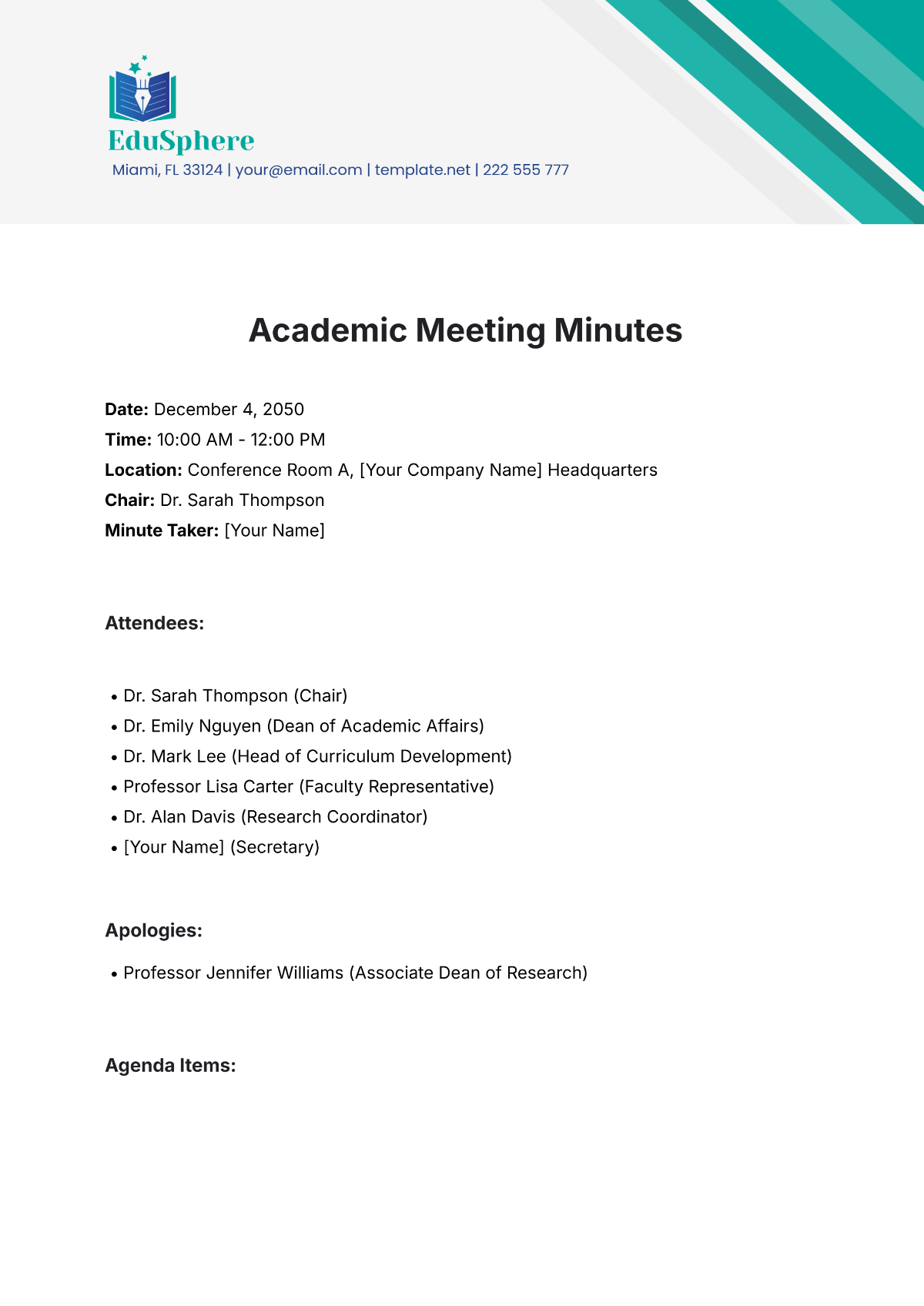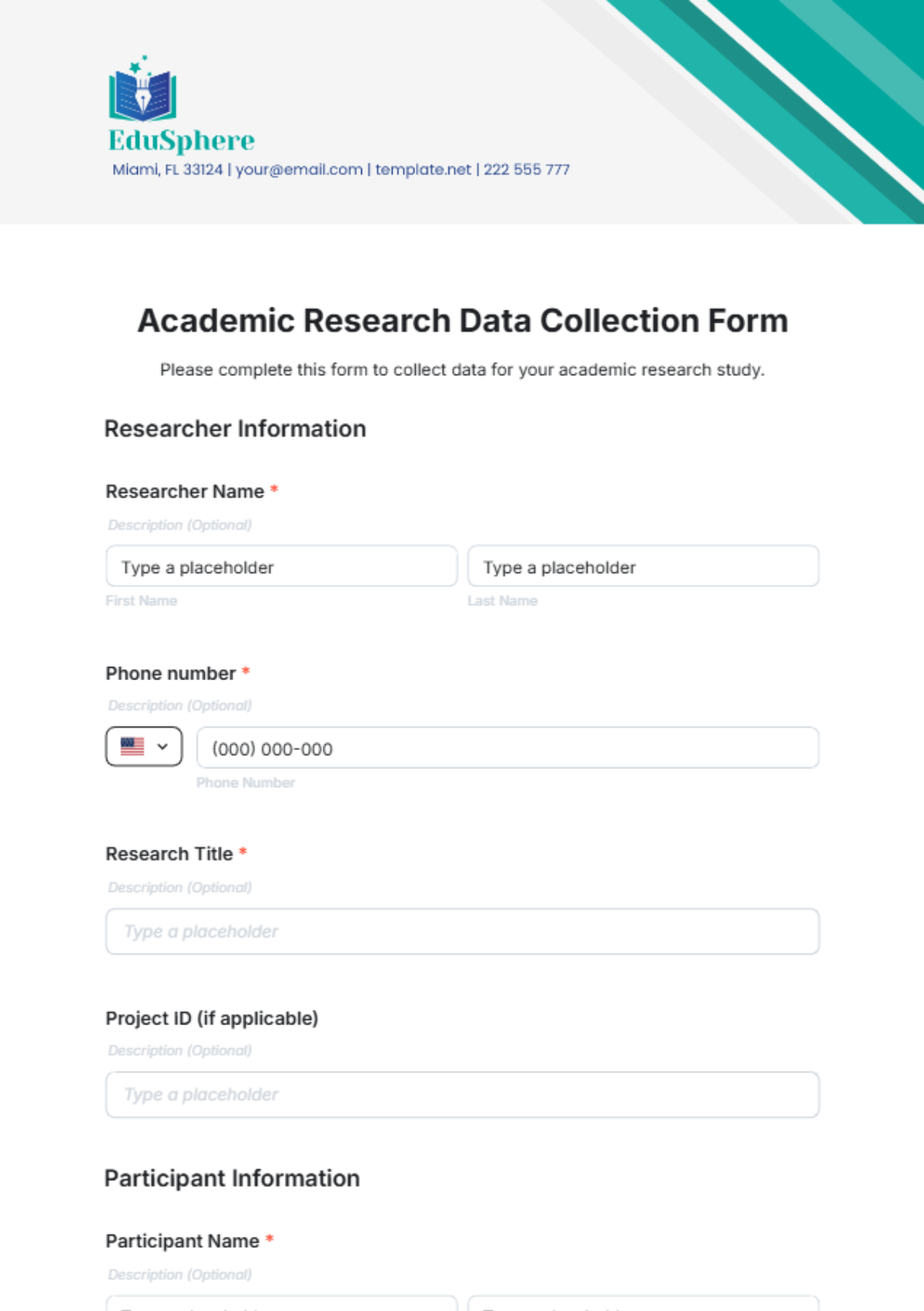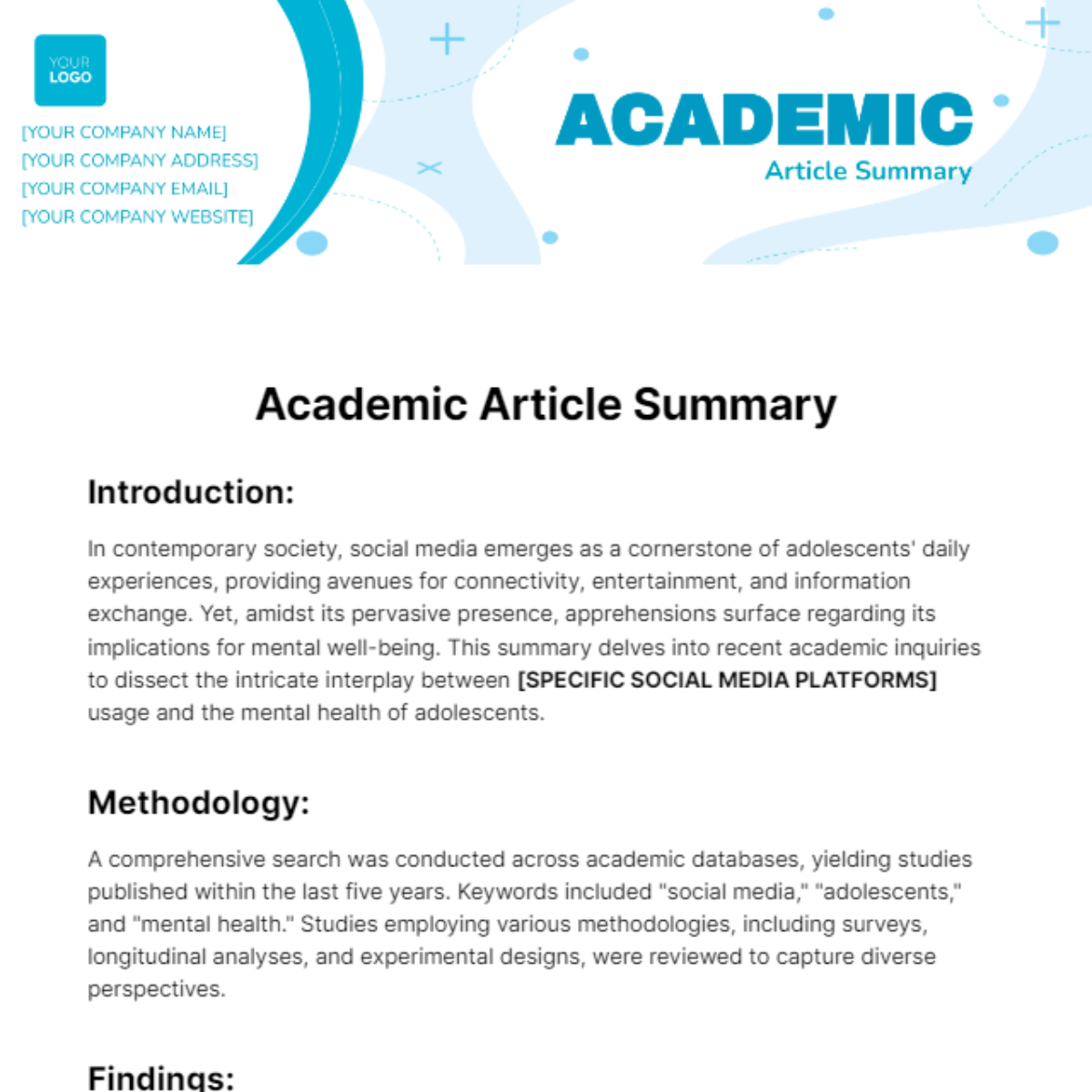Academic Textbook Chapter Outline
Introduction
Overview
This chapter explores the principles and practices of sustainable urban development, aiming to provide readers with a comprehensive understanding of how cities can evolve in an environmentally responsible and socially equitable manner. It introduces the key concepts of sustainability in urban planning, including environmental, economic, and social dimensions.
Purpose
The purpose of this chapter is to illustrate the importance of sustainable practices in urban development and their impact on creating resilient and livable cities. By integrating sustainability principles into urban planning, readers will appreciate how these practices contribute to long-term urban resilience and quality of life.
Learning Outcomes
Upon completing this chapter, readers should be able to:
Outcome 1: Define and explain the core principles of sustainable urban development and their relevance to contemporary urban planning.
Outcome 2: Analyze case studies of cities that have successfully implemented sustainable development practices, identifying key strategies and outcomes.
Outcome 3: Apply sustainable development principles to hypothetical urban planning scenarios, demonstrating the practical application of the concepts discussed.
Section 1: Background
Historical Context
This section provides an overview of the historical evolution of urban development and sustainability. It covers key milestones in the development of sustainable urban practices, from early environmental movements to contemporary strategies addressing climate change and resource management.
Foundational Concepts
Here, foundational concepts essential for understanding sustainable urban development are explained. This includes definitions of sustainability, urban resilience, and the triple bottom line (environmental, economic, and social sustainability). These concepts form the basis for exploring more advanced topics in the subsequent sections.
Section 2: Core Concepts
Major Theories
Theory of Sustainable Cities: This theory examines how cities can integrate ecological, economic, and social sustainability into their planning processes. It emphasizes the need for holistic approaches to urban design and policy.
Green Infrastructure Theory: This theory focuses on the role of natural systems and green spaces in enhancing urban sustainability. It explores how green infrastructure can mitigate environmental impacts and improve urban livability.
Key Definitions
Sustainability is the ability to meet present needs without compromising the ability of future generations to meet their own needs. This encompasses environmental stewardship, economic viability, and social equity.
Urban Resilience: The capacity of urban systems to withstand and recover from environmental, social, and economic shocks, while maintaining functionality and adapting to future challenges.
Green Infrastructure: An approach to urban planning that incorporates natural systems, such as parks, green roofs, and waterways, to enhance environmental quality and urban resilience.
Section 3: Case Studies
Case Study 1: Copenhagen
Description: Copenhagen’s ambitious plan to become the world’s first carbon-neutral capital by 2055.
Analysis: Examines the strategies implemented, including extensive cycling infrastructure, renewable energy projects, and green building initiatives. Discusses the outcomes and lessons learned.
Case Study 2: Portland
Description: Portland’s development of a comprehensive green building code and its impact on urban sustainability.
Analysis: Highlights the city’s efforts to promote energy efficiency, sustainable construction practices, and community engagement. Analyzes the effectiveness of these measures and their influence on other cities.
Section 4: Methodologies
Research Methods
Qualitative Methods: This includes case studies, interviews, and surveys used to gather in-depth insights into urban sustainability practices and their outcomes.
Quantitative Methods: Covers data collection techniques such as statistical analysis and modeling used to evaluate the impact of sustainable urban policies and projects.
Data Analysis Techniques
Statistical Analysis: Techniques for analyzing data on energy consumption, pollution levels, and other sustainability indicators to assess the effectiveness of urban development strategies.
Geospatial Analysis: Utilizes geographic information systems (GIS) to map and analyze spatial data related to green infrastructure, land use, and urban planning.
Section 5: Application
Practical Applications
This section provides examples of how sustainable urban development principles can be applied in real-world scenarios. It includes design principles for sustainable urban spaces, strategies for integrating green infrastructure, and methods for engaging communities in sustainability initiatives.
Exercises
Exercise 1: Design a sustainable urban park that incorporates green infrastructure elements and addresses local environmental challenges.
Exercise 2: Develop a sustainability assessment plan for a new urban development project, including metrics for evaluating environmental, economic, and social impacts.
Conclusion
Summary
The conclusion recaps the main points covered in the chapter, emphasizing the importance of integrating sustainability into urban development. It reflects on the key concepts, theories, and case studies discussed, highlighting their relevance to contemporary urban planning.
Key Takeaways
Takeaway 1: Sustainable urban development requires a holistic approach that balances environmental, economic, and social considerations.
Takeaway 2: Successful implementation of sustainability practices in urban planning can lead to significant improvements in quality of life and resilience.
Takeaway 3: Case studies and practical applications illustrate the real-world impact of sustainable urban practices and provide valuable insights for future planning.
References
Books: [Author], Title of Book. Publisher, Year.
Articles: [Author], “Title of Article,” Journal Name, Vol. X, No. Y, Year, pp. Z-Z.
Websites: [Organization], “Title of Webpage,” URL, Accessed Date.









